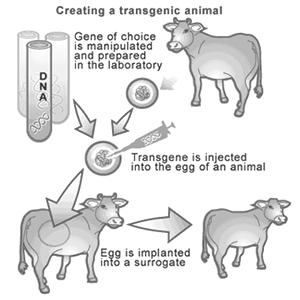Pseudoarchaeology refers to pseudoscientific theories about the past. Some of these revolve around the idea that prehistoric and ancient human societies were aided in their development by intelligent extraterrestrial life, an idea propagated by Swiss author Erich von Däniken in books such as ‘Chariots of the Gods?’ (1968) and Italian author Peter Kolosimo. Others instead hold that there were human societies in the ancient period that were significantly technologically advanced, such as Atlantis, and this idea has been propagated by figures like Graham Hancock in his ‘Fingerprints of the Gods’ (1995).
Many alternative archaeologies have been adopted by religious groups. Academic archaeologists have heavily criticized pseudoarchaeology, with one of the most vocal critics, John R. Cole, characterizing it as relying on ‘sensationalism, misuse of logic and evidence, misunderstanding of scientific method, and internal contradictions in their arguments.’
read more »
Pseudoarchaeology
Graham Hancock
Graham Hancock (b. 1950) is a British writer and journalist specializing in unconventional theories involving ancient civilizations, stone monuments or megaliths, altered states of consciousness, ancient myths and astronomical/astrological data from the past.
One of the main themes running through many of his books is the possible global connection with a ‘mother culture’ from which he believes all ancient historical civilizations sprang. Although his books have sold more than five million copies worldwide and have been translated into twenty-seven languages, his methods and conclusions have found little support among academics, his work being labelled ‘pseudoarchaeology.’
read more »
Pharming
Pharming is a portmanteau of farming and ‘pharmaceutical’ and refers to the use of genetic engineering to insert genes that code for useful pharmaceuticals into host animals or plants that would otherwise not express those genes, thus creating a genetically modified organism (GMO).
The products of pharming are typically recombinant proteins (or their metabolic products), which are proteins that result from the expression of recombinant DNA (molecular cloning in a laboratory brings together genetic material from multiple sources, creating sequences that would not otherwise be found in biological organisms). Recombinant proteins are most commonly produced using bacteria or yeast in a bioreactor.
read more »
AquAdvantage Salmon
AquAdvantage salmon is the trade name for a genetically modified Atlantic salmon developed by AquaBounty Technologies. It has been modified by the addition of a growth hormone regulating gene from a Pacific Chinook salmon and a gene from an ocean pout (the Atlantic salmon has 40,000 genes). These additions enable it to grow year-round instead of only during spring and summer.
The purpose of the modifications is to increase the speed at which the fish grows, without affecting its ultimate size or other qualities, though conventional salmon growers have publicly challenged the purported fast growth rates of AquaBounty’s salmon. The fish grows to market size in 16 to 18 months rather than three years. The latter figure refers to varieties whose growth rate has already been improved by 2:1 as a result of traditional selective breeding.
read more »
Enviropig
Enviropig is the trademark for a genetically modified line of Yorkshire pigs with the capability to digest plant phosphorus more efficiently than ordinary unmodified pigs that was developed at the University of Guelph.
The benefits of the Enviropig if commercialized include reduced feed cost and reduced phosphorus pollution as compared to the raising of ordinary pigs. Enviropigs produce the enzyme phytase in their salivary glands. When cereal grains are consumed, the phytase mixes with feed in the pig’s mouth, and once swallowed the phytase is active in the acidic environment of the stomach degrading indigestible phytic acid with the release of phosphate that is readily digested by the pig.
read more »







